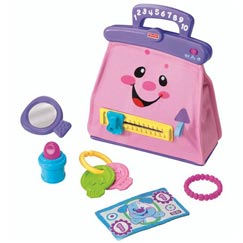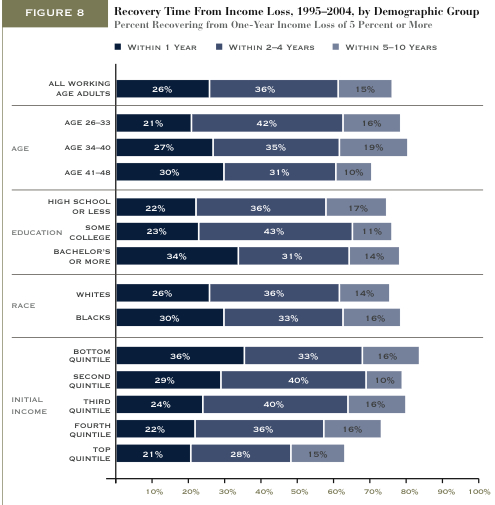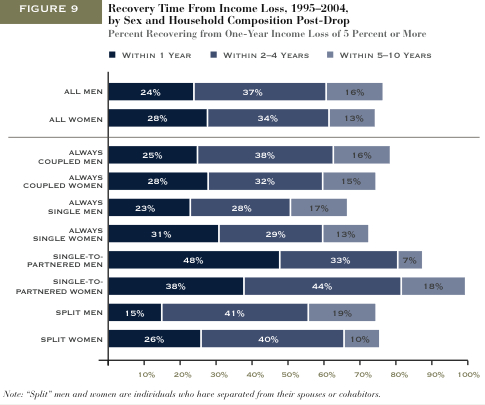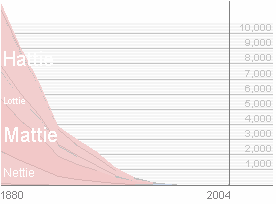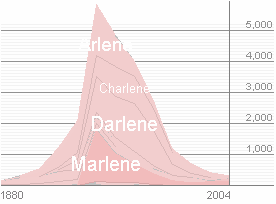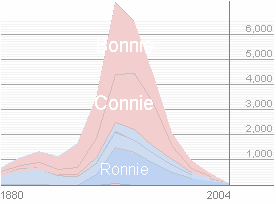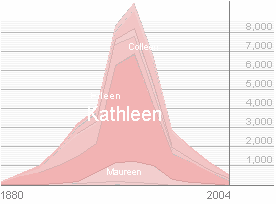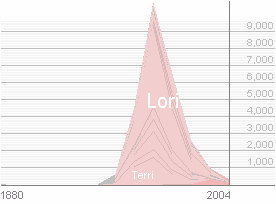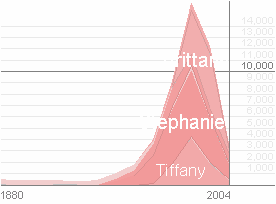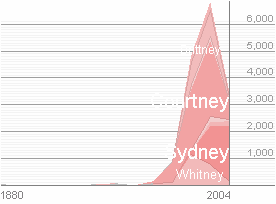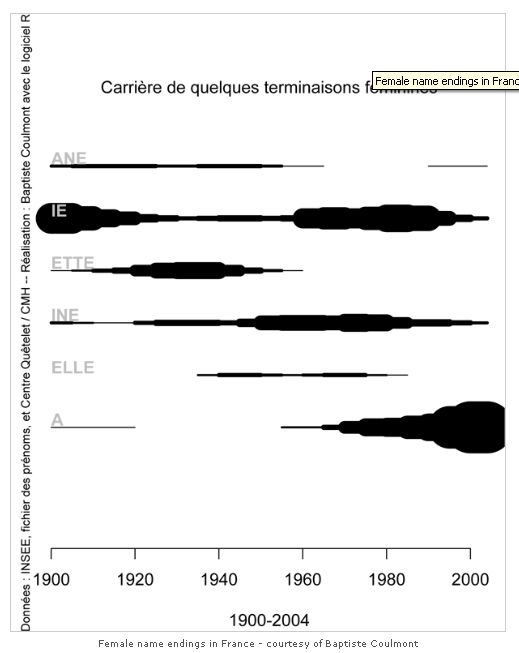Christopher F. brought our attention to how the release of the four Chinese Uighurs from Guantanmo is being framed in the media. Uighurs are a minority group in China, often facing persecution for being Muslim. These three men had fled China as a result and were detained after the U.S. invaded Afghanistan. They were found innocent in 2003. Now, after years at Guantanamo, they were released and resettled in Bermuda, since there were fears that they could not safely be returned to China. Some images of them in their new home (from USA Today):

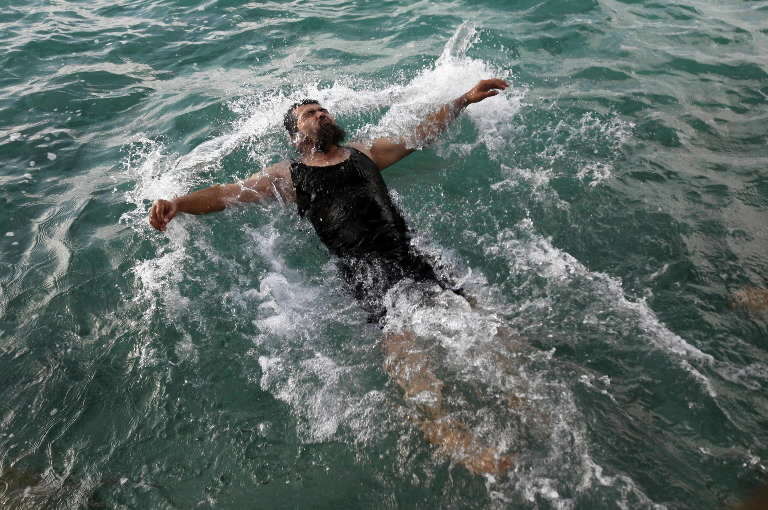
What brought Christopher’s attention to the coverage of the Uighurs was a news segment he saw on MSNBC. The Huffington Post has a video of the segment (I can’t figure out how to embed it) and quotes part of the discussion by Tamron Hall:
But first from Gitmo to Bermuda, should former detainees, the ones you’re looking at there, be living what seems to be a pretty good life on one of the most beautiful islands some say in the world?
Another MSNBC host, Andrea Mitchell, said the following in a segment earlier in the day:
Let me talk about Guantanamo: you raised the point about the murky legal situation, one upshot of that is that we’ve got four Uighurs who are Muslim minority from China who are now basically getting ice cream and lolling about on the white sand beaches of Bermuda. It’s sort of incongruous! To see these four men in their polo shirts, from Guantanamo, eating ice cream in Bermuda…I mean, look at that picture! I’m not sure you can see it, but one of the Uighurs is swimming in the ocean. The first time, we’re told, that they had ever been to the ocean. Is this a good outcome?
Over on The Daily Show, Jon Stewart echoed some of these ideas:
Christopher says, about the photos above,
These images humanize something that has been, for the past 7 or so years, totally inhuman and alien. I find it highly disturbing that even the image of these former detainees enjoying their deserved freedom (we have know for a while now that these people were not complicit in any plot against the United States) is somehow anathema.
Indeed. These are men who were falsely imprisoned as a supposed threat and then remained at Guantamo for years since they were declared innocent and no threat to the U.S. Why are images of them enjoying themselves and living in a nice house and eating ice cream so problematic and offensive? You know, this is just my thought, but if you imprison someone for years for no good reason, really, the least you can do is give them a nice place to live where they won’t be persecuted. And it’s not like they chose Bermuda: when you imprison people for supposed links to terrorist groups, it turns out that when you release them, other countries aren’t eager to take them (and clearly, they can’t be released in the United States because…well, because people in the U.S. still consider them threatening, despite what the government might say). Bermuda was one of the few places that would agree to take them. How the particular house or luxurious ice cream was chosen, I don’t know.
There seems to be an underlying feeling here that the Uighurs simply don’t deserve such nice living conditions, even if we did arrest them, fly them around the world, and detain them for years. Instead of focusing on the fact that several innocent people were released, and that they remained in Guantanamo for six years after the U.S. said they weren’t actually a threat, there’s concern that they were released in a place so nice. If most American citizens don’t live like that, why should they get to? I can’t help but wonder how the coverage might have been different if they were resettled in a poor nation and were shown living in a run-down house.
